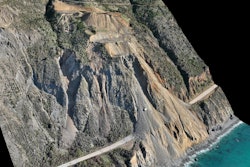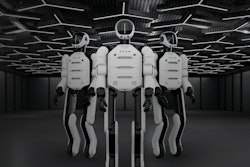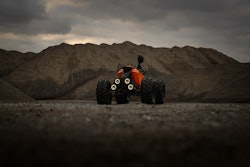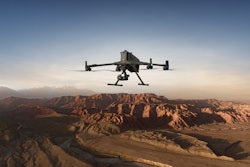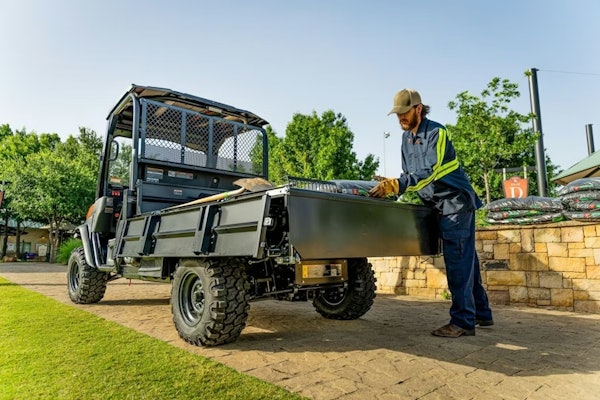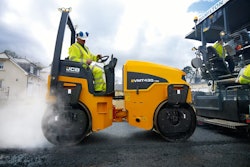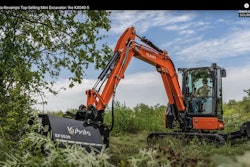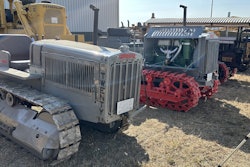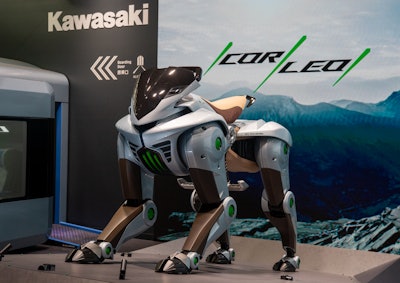
Construction workers often navigate uneven terrain across large jobsites. Could Kawasaki’s new Corleo concept, a hydrogen-powered off-road personal mobility vehicle, be the future of jobsite transportation?
The robotic mount most closely resembles a horse with its saddle-like seat and four legs with rubberized hooves. The company says this new vehicle category offers “excellent all-terrain capability” combined with “the handling and stability of Kawasaki’s motorcycles,” allowing it to go where traditional vehicles can’t.
Powered by a zero-emissions 150cc hydrogen engine, the vehicle could be used on urban, enclosed or vehicle-restricted sites. Hydrogen is supplied from a canister mounted at the rear. The generated electricity powers the drive units installed in each of the four legs.
Because the rear leg unit can swing up and down independently from the front leg unit, Corleo absorbs shocks when walking and running. The rider controls the machine through weight shifts detected by the foot pegs and handlebars. The vehicle constantly monitors the rider’s movements to ensure stability.
The stirrup length is adjustable to rider posture. When climbing steps, the rider can maintain a posture that avoids looking upward, making it easier to check the road conditions ahead, Kawasaki says.
The hooves are designed to be slip-resistant, absorb surface irregularities and navigate various terrains, including grasslands, rocky areas and rubble fields.
An instrument panel displays hydrogen level, travel routes, center-of-gravity position and other information. At night, markers are projected onto the road surface to indicate the path ahead.
The concept model was unveiled at the recent Expo 2025 in Osaka, Japan, with 2050 as the target for commercial availability.
 Rendering of the Corleo display and road markers.Kawasaki
Rendering of the Corleo display and road markers.Kawasaki

